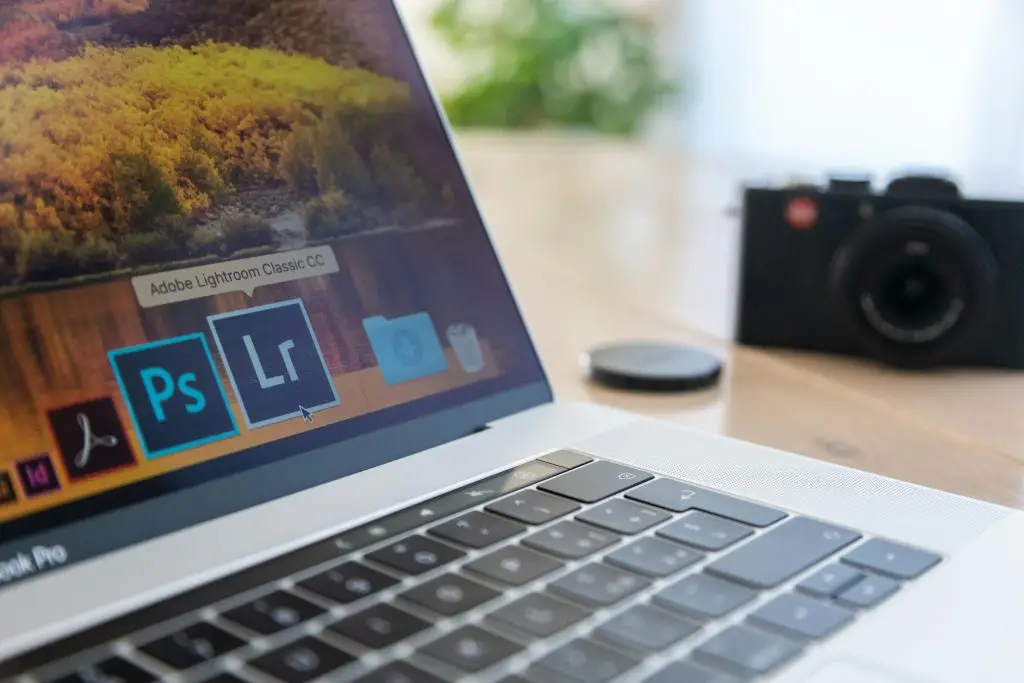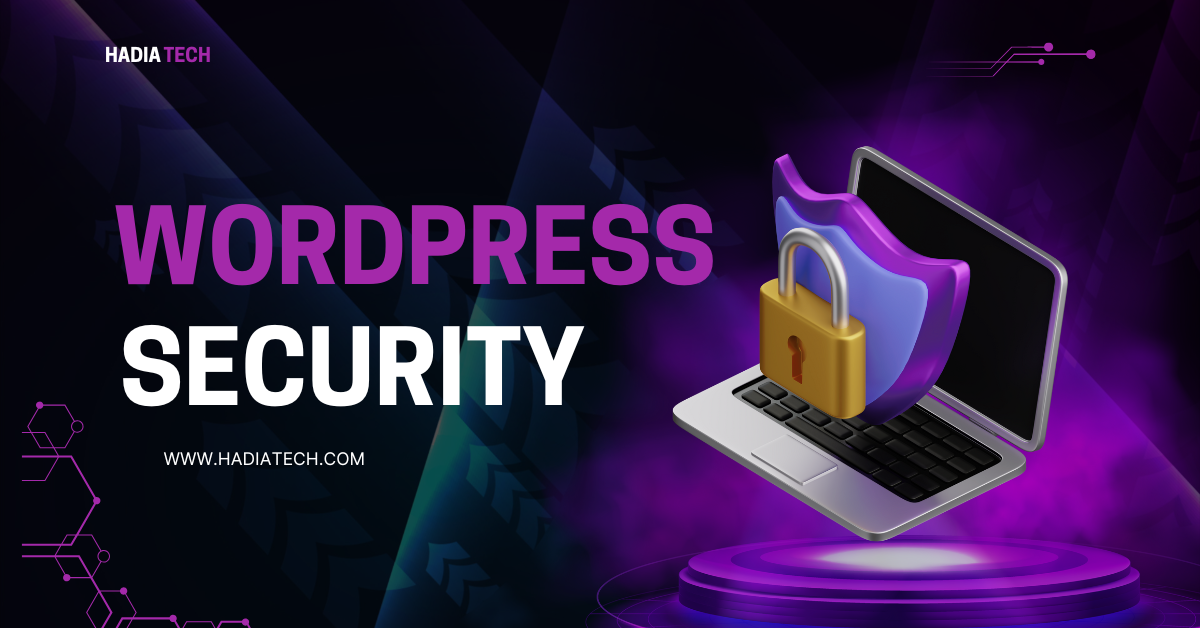6 Tips to Improve WordPress Website Security (That Actually Work)
If you’ve built a website on WordPress, you’ve already made a smart move. It’s flexible, powerful, and supports just about any kind of site you can imagine. But that popularity comes with a downside — WordPress is also one of the most targeted platforms when it comes to hacking and malware attacks. And while no system is 100% secure, there’s a lot you can do to protect your website from becoming an easy target.
Enhancing your website’s security isn’t merely a matter of not getting hacked. It’s about safeguarding your reputation, your users’ confidence, and in most situations, your revenue. No matter whether you’re operating a blog, a portfolio, or an online shopping store, security must be a consideration — not an afterthought.
Let’s discuss six realistic and effective tips you can apply to strengthen your WordPress site’s security immediately.
Change the Default Login URL
Most WordPress blogs share the same login URLs: /wp-login.php or /wp-admin. These are known to hackers and bots, and they tend to use brute-force attacks by continually trying to log in using various combinations of username and password. A simple way to hamper their progress is to alter the login URL to a custom and more difficult one to guess.
You can do this with ease using a plugin such as WPS Hide Login. It lets you give a name to your login page, something other than the default /wp-login.php that all WordPress sites have. So you could call it /mysecretlogin or whatever else you like. This won’t hack-proof your site, but it does provide a useful layer of obscurity that prevents automated attacks in their tracks. It’s like installing a lock on your front door — it won’t prevent a determined burglar, but it’ll sure flummox the casual ones.
![]()
Use Strong Usernames and Passwords
This might seem obvious, but you’d be surprised how many people still use “admin” as their username and “password123” as their password. If you’re one of them, it’s time to change that. Your login credentials are your first line of defense, and weak ones are like leaving your front door wide open.
Begin with not using generic usernames such as “admin” or the name of your website. Be creative instead. Next, create a long, complicated password that has a combination of letters, digits, and symbols. If remembering all such a password feels like a chore, a password manager will come in handy. Software such as Bitwarden or 1Password will help you generate and store safely complicated passwords so that you don’t have to remember them.
Keep WordPress, Themes, and Plugins Updated
Updates aren’t simply about acquiring new features — they’re frequently pushed out to repair security holes. By putting off updates, you open your site to known vulnerabilities that can easily be exploited by hackers. It’s particularly vital to keep the WordPress core, your themes, and your plugins current.
WordPress also supports auto-updates for themes and plugins, which is wonderful if you’re not a frequent login user. Even with auto-updates enabled, however, you must check in from time to time to ensure all is well. And if there’s a theme or plugin that you no longer use, remove it entirely. Disabled plugins can still be a security concern if they’re old and still taking up space in your file system.

Install a Reputable Security Plugin
A reputable security plugin behaves like an all-in-one security suite for your site. It provides layers of protection such as firewalls, malware scanning, login security, and monitoring tools that inform you when something fishy occurs.
There are several great choices available, such as Wordfence, Sucuri, and iThemes Security. These plugins simplify being able to do everything from one place and prevent lots of common attacks from happening. For instance, they can restrict login attempts, block suspicious IP addresses, and even scan your files for malicious code. They won’t make your site bulletproof, but they’re an essential component of any good security setup.
Set Up Two-Factor Authentication (2FA)
Two-Factor Authentication provides a second level of login security by having a second step beyond merely a username and password. Commonly, this will be entering a code received on your mobile device or produced by an authentication app such as Google Authenticator or Authy.
Even if someone finds out your password or steals your password, they still can’t log in unless they have access to that secondary code. Both security plugins with built-in support for 2FA, or you can plug in a single plugin such as WP 2FA to give it a start. It is one of the best methods used to secure your admin area if more than a single user are accessing your website.
Back Up Your Website Regularly
Regardless of how safe your site is, there’s always some chance something can go wrong. A server crash, a plugin clash, or successful hack can bring your site down within minutes. That’s why backups are your best insurance policy.
Create automatic daily or weekly backups, and ensure they are backed up off-site — not merely on your web server hosting. Plugins such as UpdraftPlus, BlogVault, or Jetpack provide simple backup options that will save you if disaster strikes. It’s a good idea to test your backups every now and then to ensure they actually do work. A faulty or corrupted backup won’t do much in an emergency situation.
Final Thoughts
Protecting your WordPress site doesn’t need to break the bank or be a daunting task. By employing a few clever habits — such as utilizing robust credentials, maintaining your software up to date, concealing your login page, and enabling two-factor authentication — you can significantly fortify your site without needing to be a cybersecurity professional.
The most critical thing is to remain proactive. Hackers and bots keep adapting, but so do the available tools and methods to safeguard your site. Establish a simple security routine, routinely audit your plugins and user roles, and don’t wait for something to break before doing anything.
Your site is your business, your brand, and in some cases, your income. Its protection should never be elective. A secure site is a trusted site — and in the world today, trust matters most.




